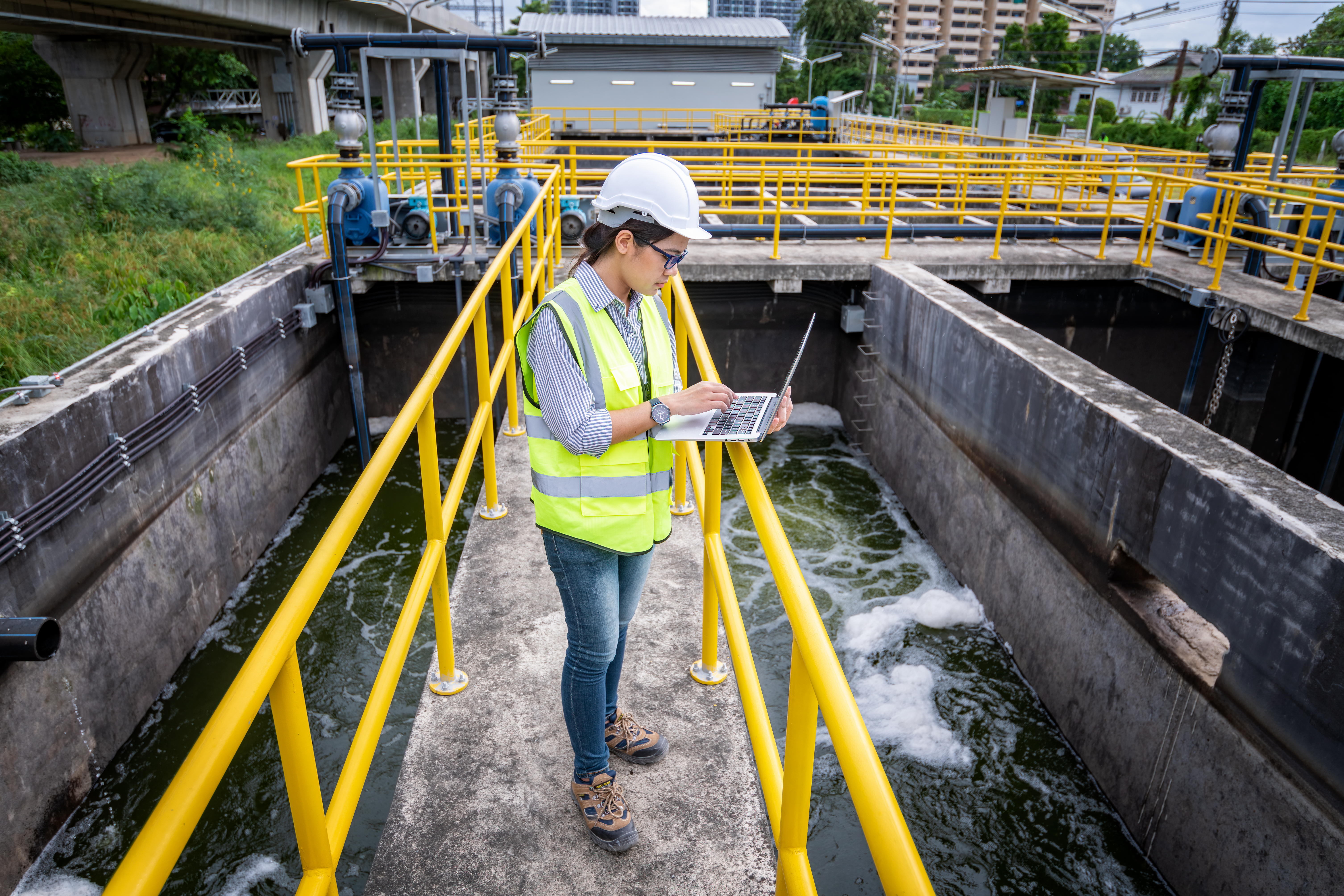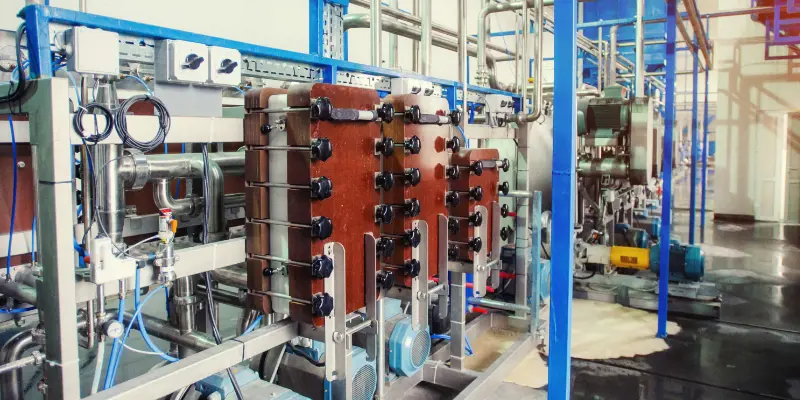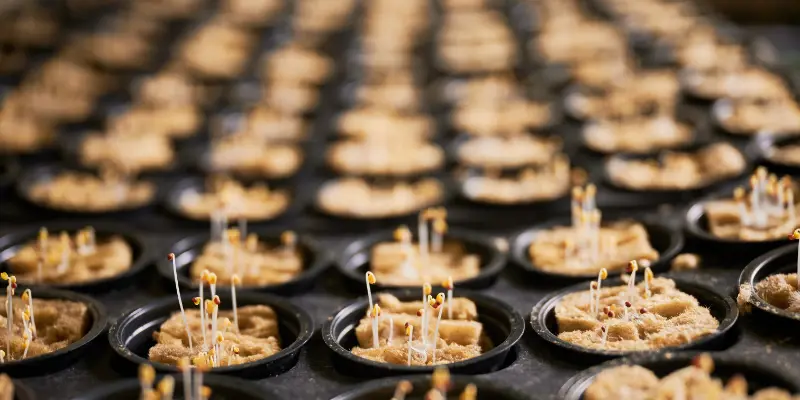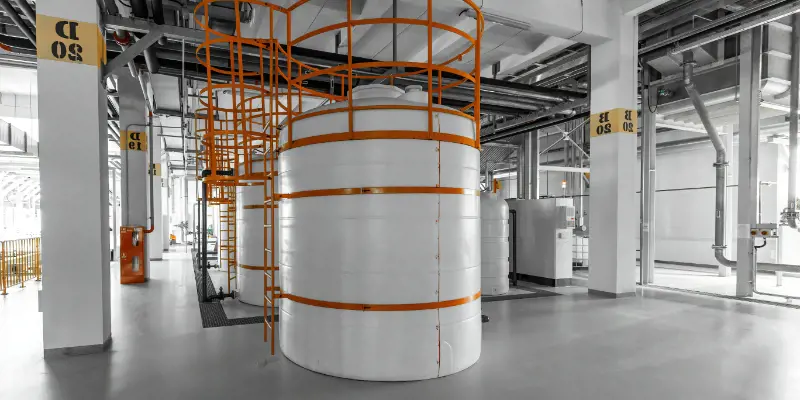Precise pH and Conductivity Monitoring in Water Treatment Plants
Precise pH and Conductivity Monitoring in Water Treatment Plants
1. Introduction
In modern water treatment plants, maintaining the correct pH and conductivity levels is essential to ensure water quality, regulatory compliance, and efficient chemical dosing. Without precise monitoring, facilities may experience inefficient treatment, excessive chemical usage, and potential environmental violations. Traditional monitoring methods often lack the necessary accuracy and automation features required for modern industrial water treatment.

2. Challenges in Water Treatment Monitoring
Water treatment processes involve several challenges:
- Fluctuating Water Composition : pH and conductivity levels can vary due to incoming water sources and treatment chemicals.
- Harsh Environmental Conditions : Exposure to moisture, temperature changes, and chemicals can degrade sensors over time.
- Need for Continuous Monitoring : Manual testing is time-consuming and prone to errors.
3. Advantages of an Online pH and Conductivity Transmitter
Online pH and conductivity transmitters provide a robust solution with:
- Dual 4-20 mA Outputs : Allows independent monitoring of pH, conductivity, and temperature.
- RS485 Modbus Communication : Enables seamless integration with SCADA and PLC systems for real-time data analysis.
- IP65 Industrial Housing : Protects against dust, water, and harsh environmental conditions.
- Automatic Temperature Compensation (Pt1000 Sensor Input) : Ensures accurate readings under varying temperature conditions.
- -Alarm Relay Outputs : Provides alerts for abnormal conditions to prevent system failures.
4. Applications in Water Treatment Plants
- Drinking Water Treatment : Ensures safe and consistent water quality.
- Industrial Wastewater Treatment : Helps maintain compliance with environmental regulations.
- Desalination & Reverse Osmosis Systems : Monitors key water parameters to optimize efficiency.
5. Conclusion
By using an online pH and conductivity transmitter, water treatment plants can achieve precise, real-time monitoring, reduced chemical waste, and improved operational efficiency. These transmitters are an essential tool for modern industrial water treatment.
Related Posts

Chemical Dosing in Water Treatment Systems
In modern water treatment systems, accurate chemical dosing is essential to ensure proper purification, prevent scaling, and maintain optimal pH levels. Traditional dosing methods using mechanical flow meters often lack the precision and reliability needed for consistent performance. This is where an electromagnetic flow meter designed for small-diameter pipelines becomes an ideal solution.

Optimizing Drying Processes in the Food Industry
In food production, precise humidity control plays a critical role in ensuring product quality, shelf life, and energy efficiency. Whether drying nuts, fruits, or baked goods, achieving the correct moisture level is essential for maintaining texture and flavor while preventing spoilage. Traditional humidity sensors often fail in high-temperature drying environments, making an industrial high-temperature humidity sensor a necessary solution.

pH and Conductivity Control in Industrial Cooling Towers
Cooling tower systems are essential for temperature regulation in industrial facilities, power plants, and HVAC systems. However, maintaining proper pH and conductivity levels is crucial to prevent scaling, corrosion, and microbiological growth. Inadequate monitoring can lead to equipment failures, excessive chemical use, and increased operational costs.

Efficient Liquid Level Control in Industrial Storage Tanks
In industrial facilities, accurate liquid level control is essential for operational efficiency, safety, and regulatory compliance. Storage tanks used in chemical processing, food and beverage production, and manufacturing require precise monitoring to prevent overflows, ensure consistent supply, and optimize inventory management. Traditional level sensors often struggle with reliability in harsh industrial environments, making radar level sensors the preferred choice.

Chemical Dosing in Water Treatment Systems
In modern water treatment systems, accurate chemical dosing is essential to ensure proper purification, prevent scaling, and maintain optimal pH levels. Traditional dosing methods using mechanical flow meters often lack the precision and reliability needed for consistent performance. This is where an electromagnetic flow meter designed for small-diameter pipelines becomes an ideal solution.

Optimizing Drying Processes in the Food Industry
In food production, precise humidity control plays a critical role in ensuring product quality, shelf life, and energy efficiency. Whether drying nuts, fruits, or baked goods, achieving the correct moisture level is essential for maintaining texture and flavor while preventing spoilage. Traditional humidity sensors often fail in high-temperature drying environments, making an industrial high-temperature humidity sensor a necessary solution.

pH and Conductivity Control in Industrial Cooling Towers
Cooling tower systems are essential for temperature regulation in industrial facilities, power plants, and HVAC systems. However, maintaining proper pH and conductivity levels is crucial to prevent scaling, corrosion, and microbiological growth. Inadequate monitoring can lead to equipment failures, excessive chemical use, and increased operational costs.

Efficient Liquid Level Control in Industrial Storage Tanks
In industrial facilities, accurate liquid level control is essential for operational efficiency, safety, and regulatory compliance. Storage tanks used in chemical processing, food and beverage production, and manufacturing require precise monitoring to prevent overflows, ensure consistent supply, and optimize inventory management. Traditional level sensors often struggle with reliability in harsh industrial environments, making radar level sensors the preferred choice.
